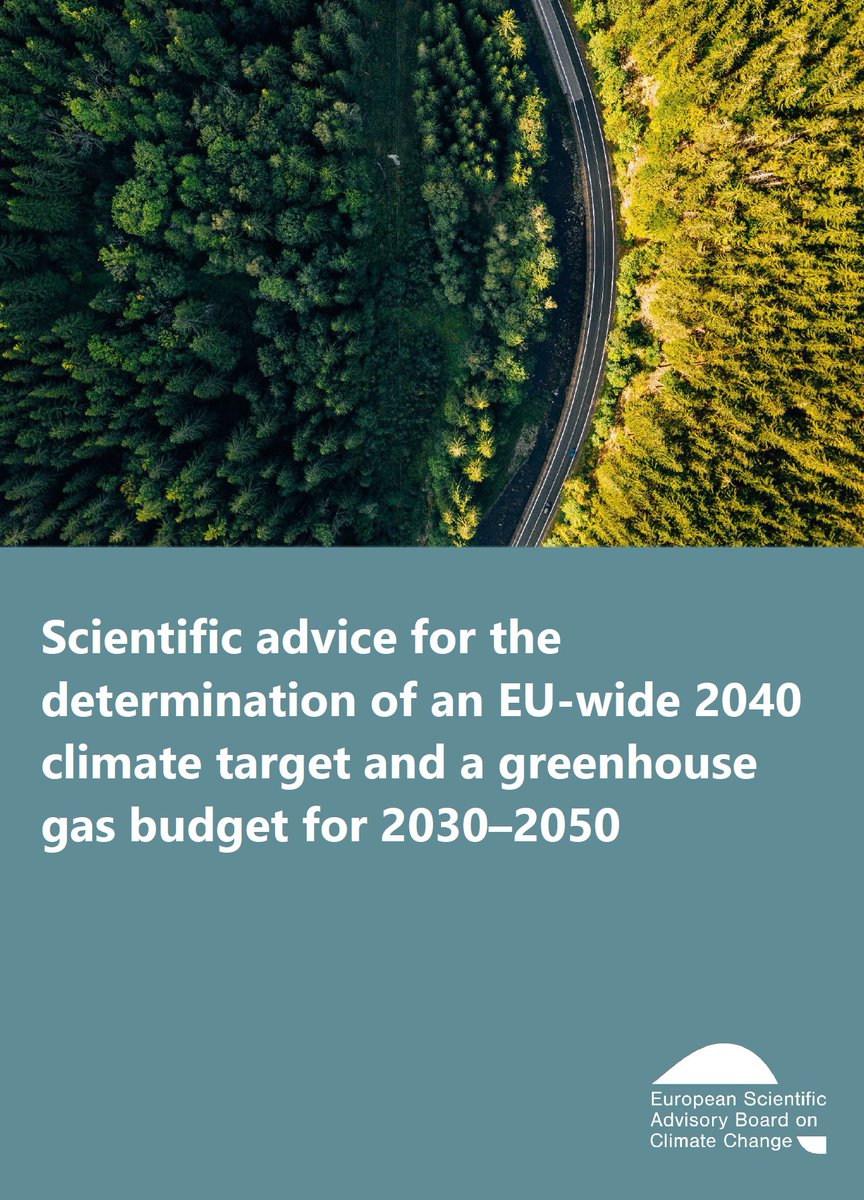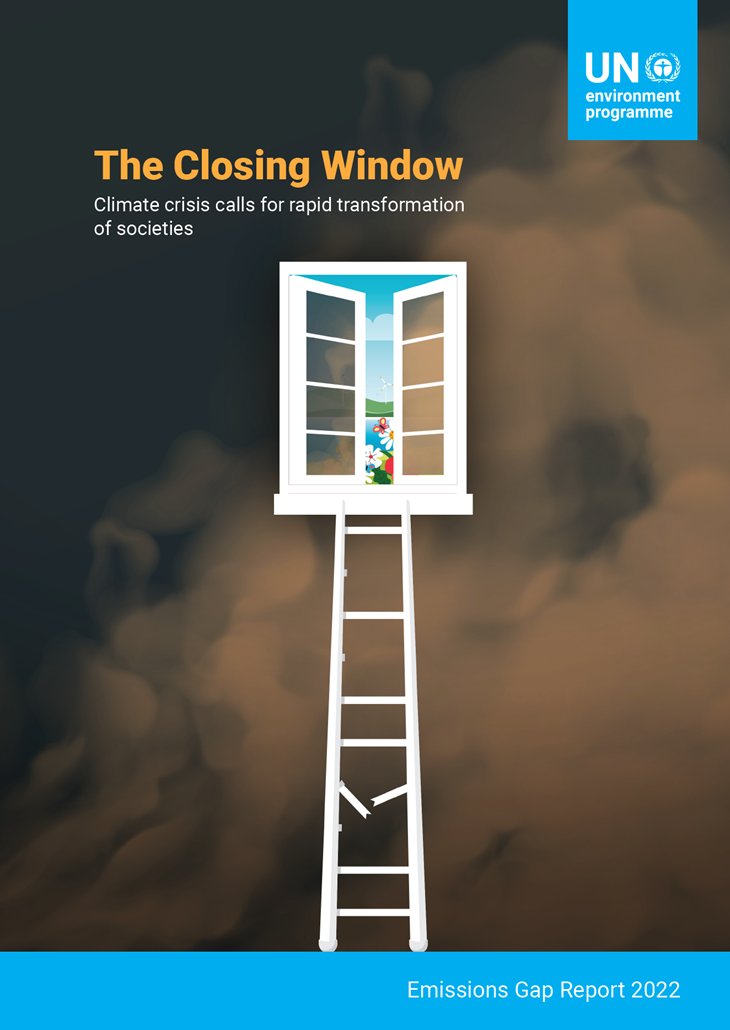In 2021, the European Climate Law created the European Scientific Advisory Board on Climate Change @esabcc_eu and tasked it to inform the EU’s #2040ClimateTarget and 2030-2050 greenhouse gas (GHG) budget.
Today, @esabcc_eu published its advice.
Here’s the short version 🧵1/n
Today, @esabcc_eu published its advice.
Here’s the short version 🧵1/n

The Advisory Board recommends the @EU_Commission to take up:
a 2040 emissions reduction target of 90–95% compared to 1990
to keep the EU’s GHG budget to within 11 to 14 Gt CO2e between 2030 and 2050.
2/n
a 2040 emissions reduction target of 90–95% compared to 1990
to keep the EU’s GHG budget to within 11 to 14 Gt CO2e between 2030 and 2050.
2/n
This advice is based on an assessment of what would be both a fair and a feasible emissions reduction contribution of the EU to the global challenge of keeping warming to 1.5°C. 3/n
The advice highlights that aiming for the more ambitious end of the 90–95% range in 2040 will further improve the fairness of the EU’s contribution. 4/n
However, because none of the assessed pathways towards climate neutrality fully align with the fair share estimates, additional measures outside the EU need to be pursued to achieve a fair EU contribution to global climate change mitigation. 5/n
It was an honour and privilege to contribute to this advice together with 14 world-leading expert colleagues and the enormous support of the @esabcc_eu secretariat. 6/n
climate-advisory-board.europa.eu/about/advisory…
climate-advisory-board.europa.eu/about/advisory…
The full #2040ClimateTarget advice can be found on the @esabcc_eu website.
climate-advisory-board.europa.eu/reports-and-pu…
/end
climate-advisory-board.europa.eu/reports-and-pu…
/end
• • •
Missing some Tweet in this thread? You can try to
force a refresh

 Read on Twitter
Read on Twitter






